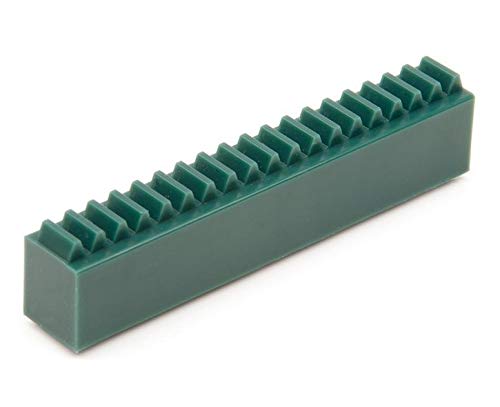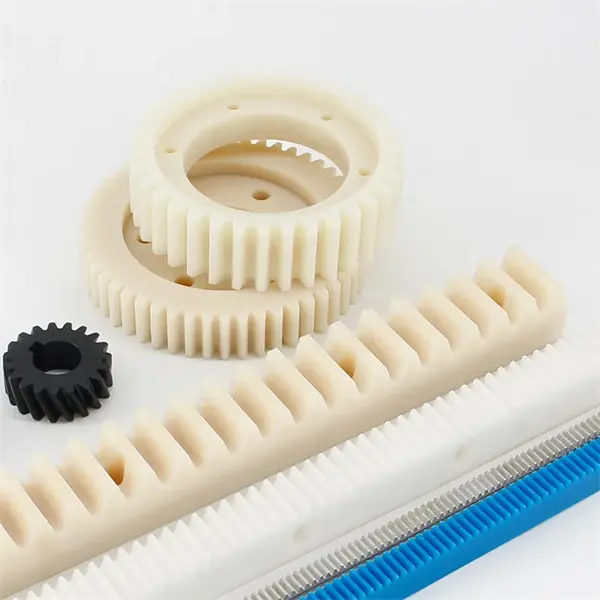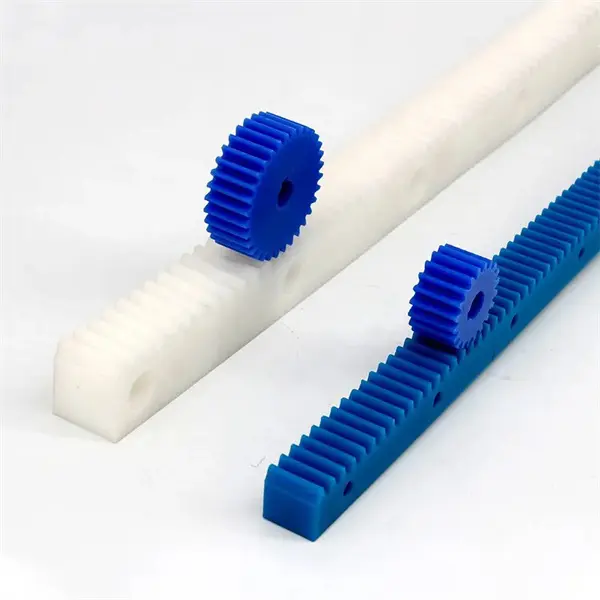Product Description
Product data
|
Product Name |
Perfectrail F3-3457190 Car Auto Parts Auto Steering Systems Rack And Pinion FOR BYD F3 1 1005248 |
|
FOR BYD |
FOR byd F3 |
|
Weight |
OEM Standard |
|
Package Size |
OEM Standard |
|
MOQ |
1 piece if we have them in stock, 50 pieces for production. |
|
Warranty |
12 Months |
|
Delivery Time |
7-25 Days |
|
Package |
Neutral, CHINAMFG or Customized Packing is acceptable Neutral packing. Neutral box and brown cartons. Pallet is also available. |
|
Our Advantage |
1. The same size as original one. 2. Lower MOQ is acceptable with more models. |
Company Profile
/* January 22, 2571 19:08:37 */!function(){function s(e,r){var a,o={};try{e&&e.split(“,”).forEach(function(e,t){e&&(a=e.match(/(.*?):(.*)$/))&&1
| After-sales Service: | 24 Hours Service |
|---|---|
| Warranty: | 12 Months |
| Quality: | High-Quality |
| Customization: |
Available
| Customized Request |
|---|
.shipping-cost-tm .tm-status-off{background: none;padding:0;color: #1470cc}
|
Shipping Cost:
Estimated freight per unit. |
about shipping cost and estimated delivery time. |
|---|
| Payment Method: |
|
|---|---|
|
Initial Payment Full Payment |
| Currency: | US$ |
|---|
| Return&refunds: | You can apply for a refund up to 30 days after receipt of the products. |
|---|

How does the design of the rack and pinion affect its performance?
The design of the rack and pinion plays a significant role in determining its performance characteristics. Here’s a detailed explanation of how the design factors of a rack and pinion system can affect its performance:
- Tooth Profile: The tooth profile of the rack and pinion gears can impact the performance of the system. Different tooth profiles, such as straight, helical, or custom-designed profiles, have varying effects on factors such as load distribution, noise generation, efficiency, and backlash. The selection of the tooth profile should be based on the specific application requirements and considerations.
- Module and Pitch: The module (or diametral pitch) and pitch of the rack and pinion gears are crucial design parameters that affect performance. The module determines the size and spacing of the teeth, while the pitch represents the distance between corresponding points on adjacent teeth. The module and pitch selection influence factors such as torque capacity, smoothness of motion, precision, and load distribution. Optimal module and pitch values should be chosen based on the load, speed, and accuracy requirements of the application.
- Material Selection: The choice of materials for the rack and pinion components directly impacts their performance and durability. Factors such as strength, wear resistance, corrosion resistance, and friction characteristics should be considered when selecting materials. Common materials used for rack and pinion systems include steel, stainless steel, aluminum, and various alloys. The material selection should align with the application requirements to ensure reliable and efficient performance.
- Backlash: Backlash refers to the clearance or play between the teeth of the rack and pinion gears. It can affect the accuracy, precision, and responsiveness of the system. Minimizing backlash is crucial in applications that require precise positioning and motion control. The design of the rack and pinion system should incorporate measures to reduce or compensate for backlash, such as proper tooth profile selection, preloading mechanisms, or backlash compensation techniques.
- Geometry and Tolerance: The geometric design and tolerance levels of the rack and pinion system impact its performance. Factors such as tooth geometry, surface finish, dimensional accuracy, and concentricity influence the efficiency, smoothness of operation, noise generation, and overall quality of motion. High precision and tight tolerances are often desirable for applications that require precise positioning and smooth motion control.
- Lubrication: Proper lubrication is essential for the smooth operation and longevity of rack and pinion systems. Lubricants reduce friction and wear between the gears, ensuring efficient power transmission and minimizing the risk of damage. The design of the rack and pinion system should incorporate adequate lubrication mechanisms, such as lubricant reservoirs, oil passages, or grease fittings, to facilitate proper lubrication and ensure optimal performance.
- Stiffness and Rigidity: The stiffness and rigidity of the rack and pinion components influence their ability to withstand loads and minimize deflection. A well-designed rack and pinion system should exhibit sufficient stiffness and rigidity to maintain accuracy and prevent excessive deformation or backlash under load. Factors such as the material selection, geometry, and cross-sectional design of the rack and pinion components contribute to their stiffness and rigidity.
By considering factors such as tooth profile, module and pitch, material selection, backlash, geometry and tolerance, lubrication, and stiffness, the design of a rack and pinion system can be optimized to achieve the desired performance characteristics. A well-designed system ensures efficient power transmission, high accuracy, smooth motion control, durability, and reliable operation in various applications.
\
How do rack and pinion systems contribute to efficient power transmission?
Rack and pinion systems play a significant role in facilitating efficient power transmission in various mechanical applications. Here’s a detailed explanation of how rack and pinion systems contribute to efficient power transmission:
Rack and pinion systems offer several advantages that contribute to efficient power transmission:
- Direct Power Transfer: Rack and pinion systems provide a direct and efficient means of power transmission. The teeth of the pinion gear mesh with the teeth of the rack, creating a positive engagement. This direct contact allows for minimal power loss during transmission, as there are no intermediate mechanisms or components to introduce friction or slip.
- High Mechanical Efficiency: Rack and pinion systems are designed to have high mechanical efficiency, meaning they maximize the output power compared to the input power. The teeth of the pinion and the rack are carefully designed and machined to minimize friction and ensure smooth motion. This efficient transfer of power reduces energy waste and enhances overall system performance.
- Low Backlash: Backlash refers to the play or clearance between the teeth of the pinion and the rack. Rack and pinion systems can be designed with minimal backlash, which contributes to efficient power transmission. Low backlash ensures precise and immediate response to input motion, minimizing energy losses associated with tooth clearance and backlash compensation.
- Efficient Torque Transmission: Rack and pinion systems are capable of transmitting high torque efficiently. The engagement of the pinion teeth with the rack teeth distributes the applied torque evenly along the contact area, resulting in efficient torque transmission without slippage or power dissipation. This characteristic makes rack and pinion systems suitable for applications that require high torque output.
- Compact Design: Rack and pinion systems offer a compact design compared to other power transmission mechanisms. The linear nature of the rack allows for a more straightforward integration into space-limited applications. This compact design minimizes energy losses due to unnecessary mechanical components or complex transmission paths, resulting in more efficient power transmission.
- High-Speed Capability: Rack and pinion systems are capable of efficient power transmission at high speeds. The direct contact between the teeth of the pinion and the rack enables rapid and precise motion transfer without significant energy losses. This characteristic is advantageous in applications that require quick and accurate movements.
By combining features such as direct power transfer, high mechanical efficiency, low backlash, efficient torque transmission, compact design, and high-speed capability, rack and pinion systems contribute to efficient power transmission in a wide range of applications. These systems are commonly used in industries such as automotive, robotics, machinery, and aerospace, where efficient power transfer is crucial for optimal performance and energy savings.

What is a rack and pinion system, and how does it function?
A rack and pinion system is a type of mechanical mechanism used to convert rotational motion into linear motion. It consists of two primary components: a rack and a pinion gear. Here’s a detailed explanation of how it functions:
The rack is a straight bar with teeth cut along its length, resembling a gear but in a linear form. The pinion gear, on the other hand, is a small circular gear with teeth that mesh with the teeth on the rack. The pinion gear is typically mounted on a rotating shaft, while the rack remains stationary or moves linearly.
When rotational force is applied to the pinion gear, it rotates, causing the teeth on the pinion to engage with the teeth on the rack. As the pinion gear turns, its teeth push against the teeth on the rack, causing the rack to move linearly in response to the rotational motion of the pinion gear.
The linear motion of the rack can be utilized for various purposes, depending on the specific application. In the context of steering systems in vehicles, for example, the rack is connected to the steering column, and the linear motion of the rack is used to steer the front wheels. When the driver turns the steering wheel, the rotational motion is transferred to the pinion gear, which then moves the rack in a linear manner. This linear motion of the rack translates into the lateral movement of the wheels, allowing the vehicle to change direction.
The meshing of the teeth on the pinion gear and the rack ensures a direct and precise mechanical connection. The close engagement between the teeth minimizes any play or backlash, resulting in accurate and responsive motion. The design of the teeth and the gear ratio between the rack and pinion can be optimized to balance the desired motion, force, and speed requirements for a specific application.
Rack and pinion systems find application in various fields, including automotive steering, robotics, automation, and machinery. They offer advantages such as compactness, efficiency, reliability, and precise motion control, making them a popular choice for converting rotational motion into linear motion in a wide range of mechanical systems.


editor by Dream 2024-04-30